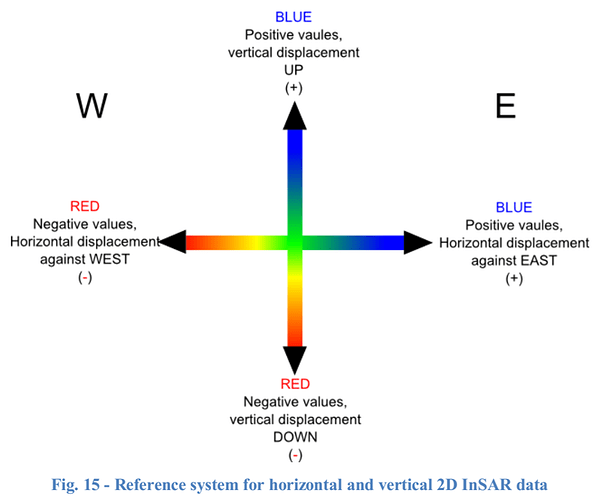I mistakenly posted this in the wrong thread, so I have corrected it and am reposting it here.
I apologize for the beginner-level question, but I would greatly appreciate your advice.
If this has already been explained somewhere, a link to the relevant documentation would also be very helpful.
I conducted a two-epoch interferometric analysis using SNAP. In my setup, the primary image is from before the event (earthquake) and the secondary image is from after the event. From this, I generated an interferogram and obtained phase data.
My current understanding is that when the phase difference has a negative value, it indicates that the travel path of the signal to the ground and back is shorter in the second acquisition than in the first. In other words, negative values correspond to areas where the ground has moved toward the sensor. Is this correct? And does this interpretation remain the same after phase unwrapping with SNAPHU or when applying the Phase to Displacement operator?
The reason I ask is that I was referred to results from the Geospatial Information Authority of Japan (GSI), and I learned that according to GSI, negative values indicate motion toward the satellite.
Does SNAP also follow the same convention, where negative values mean motion toward the satellite?
Furthermore, if the primary image were set to after the event and the secondary to before the event, would it then be correct to interpret negative phase values as indicating that the ground is moving away from the satellite?
Any clarification would be greatly appreciated.
